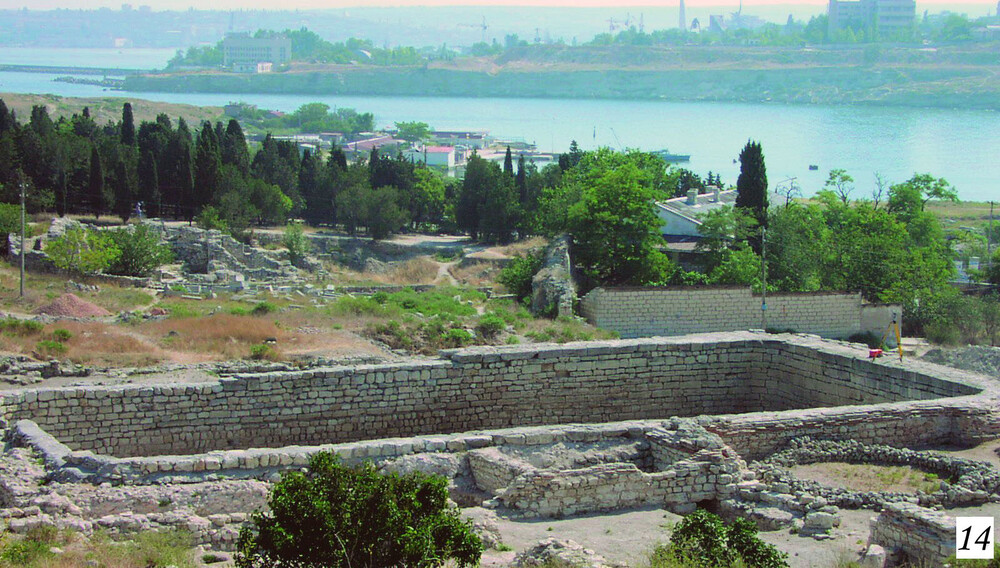
Ukraine has accused Russia of transforming Tauric Chersonese in Crimea, a UNESCO World Heritage Site, into a “historical and archaeological park,” and called on the United Nations to intervene.
The site, an ancient city founded by Greeks in the 5th century BCE on the northern shores of the Black Sea, was added to UNESCO’s World Heritage List in 2013. The following year, Russia illegally annexed the Crimean Peninsula. Ukraine and its allies do not recognize Russian sovereignty over Crimea, a key entryway into the Eastern Mediterranean, and have campaigned for its recovery since its occupation began.
The new complex, named “New Chersonese,” features a Russian Orthodox monastery and several institutions, including a Museum of Christianity and the Museum of Crimea and Novorossiya. (Novorossiya is the term Russia uses for the annexed territories in Crimea.) The complex was built by Russia’s ministry of defense with funds from Transneft, a state-controlled corporation, and is managed by a cleric appointed by Russian President Vladimir Putin. It officially opened on July 28.
On July 24, Dmytro Lubinets, the Ukrainian parliament commissioner for human rights, appealed to the UN to protect the site, and described its redevelopment as part of Russia’s plan to destroy Ukrainian heritage.
Russia has “completely destroyed the authentic monument of world significance, Tauric Chersonese,” Lubinets said in a statement posted on his Telegram channel. “They have started illegal construction work on its ruins, actually building a new city, the so-called historical and archaeological park.”
In a new report, Evelina Kravchenko, from the Institute of Archaeology of Ukrainian National Academy of Sciences, said Tauric Chersonese had been “disturbed.” Moreover, Kravchenko said, “tens of thousands of finds” were destroyed. “Some of them were picked up from these dumps by local people both for personal storage and for sale on the black market. Thus, soon we will be able to see things from Chersonesos on online auctions.”
The annexation has created legal and ethical quandaries for Ukraine and the International cultural sector. In November, the Allard Pierson Museum, a historical museum in Amsterdam, inspired some controversy when it returned 400 artifacts, including prized Sythian gold, to a Kyiv museum. The collection was loaned to Amsterdam from four museums in Crimea prior to the annexation, and following the incident, both Ukraine and Crimea demanded the artifacts be returned.
“This was a special case, in which cultural heritage became a victim of geopolitical developments,” Els van der Plas, director of the Amsterdam museum, said in a statement.
Since the invasion of Ukraine, the Russian military has been repeatedly denounced by the international watchdog groups for its apparent targeting of Ukrainian cultural heritage. In April, the Kherson Art Museum in Ukraine identified 100 paintings that were allegedly looted by Russian troops, as seen in a video filmed in a museum in Crimea. The museum said that the 100 works of art captured on camera likely represent “less than 1 percent” of what has been looted from Ukraine’s museums.
